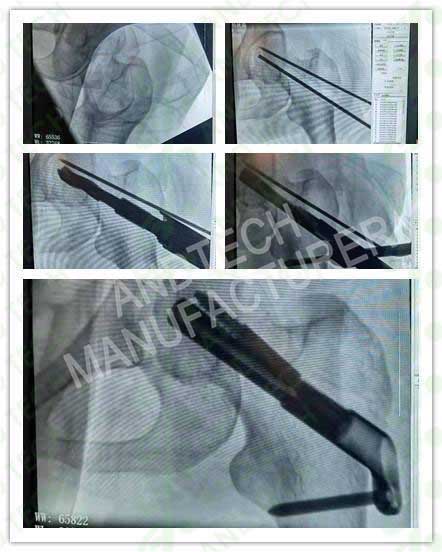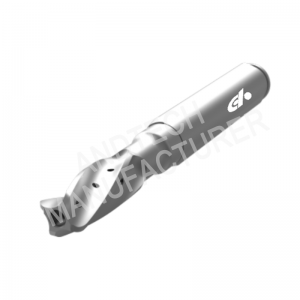Femur Intramedullary Nail System
PFNA
PFNA is a new type of proximal femoral fixation system, a new and improved PFN (proximal femoral nail) system, each inherits the advantages of the original PFN, has the same biotechnological characteristics, and has innovations in specific design to make fixation More effective and simpler to operate.
γ-II Interlocking Intramedullary Nail
The medical-lateral angle of 5° allows the insertion at tip of the greater trochanter (the proximal diameter is 16.0mm)
Lateral flattening design eases the insertion and reduces the stress ti the lateral cortical bone.
130 collodiaphysial angle(CCD)
The elastic groove tip design
Ease the insertion
Reduce the stress concentration
Distal curved design prevents the nail tip against to the cortical bone
Reduce the insertion resistance and pain incidence rate
Lag screw
The lag screw insertion can provide excellent compaction to cancellous bone
The tip wide surface provides better anchoring
Especially for osteoporotic patients
Anti-rotational and stability achieved by one single element
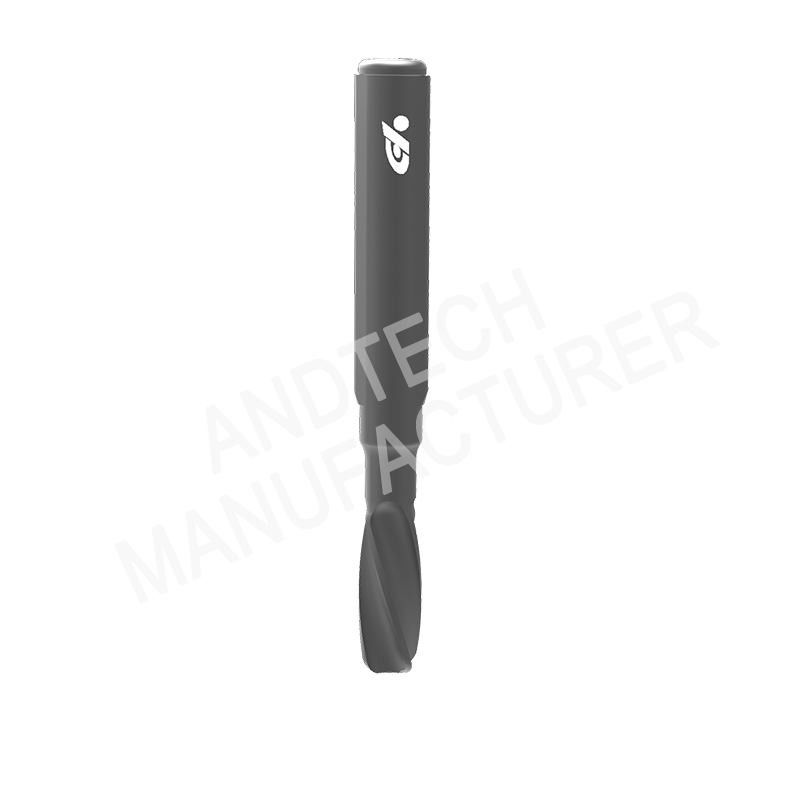
Locking bolt
double thread design to reduce the operation time
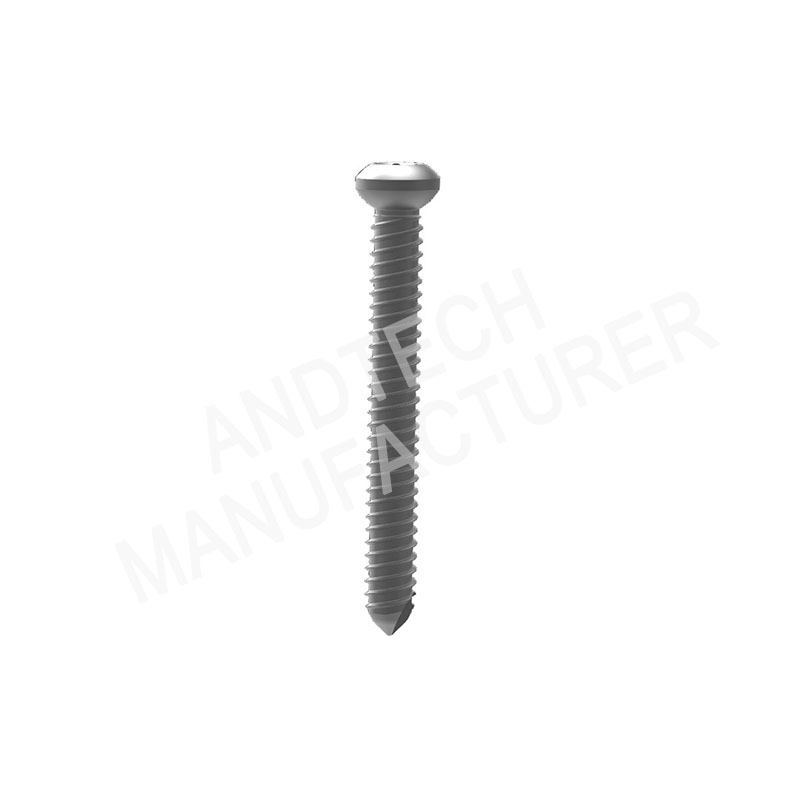
End Cap
0/5/10/15mm length With the suitable length to take it out
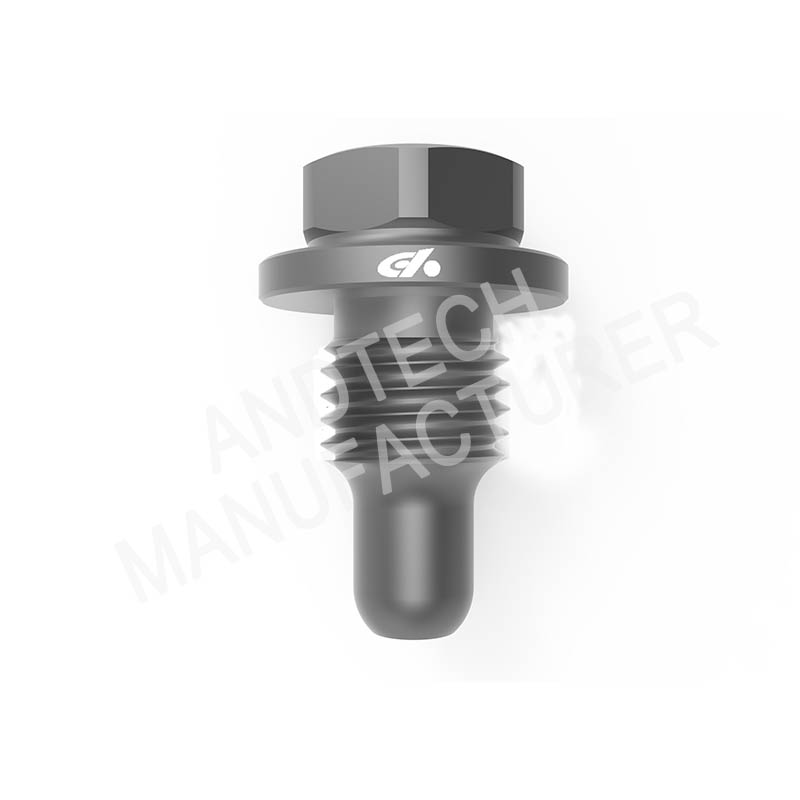
Instruments
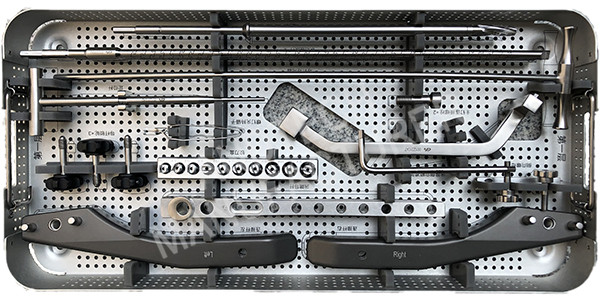
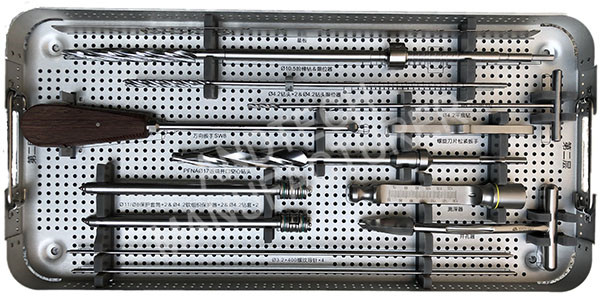
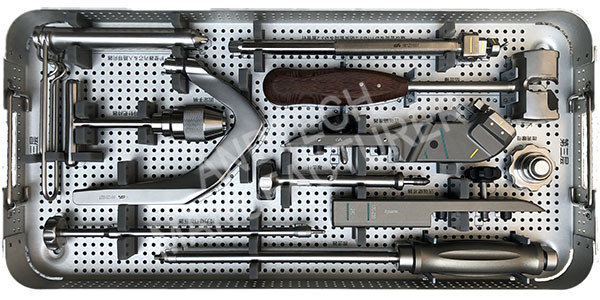
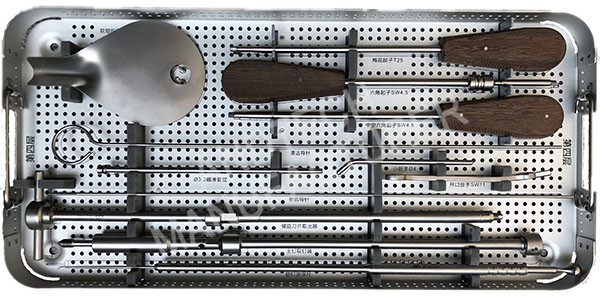
Case
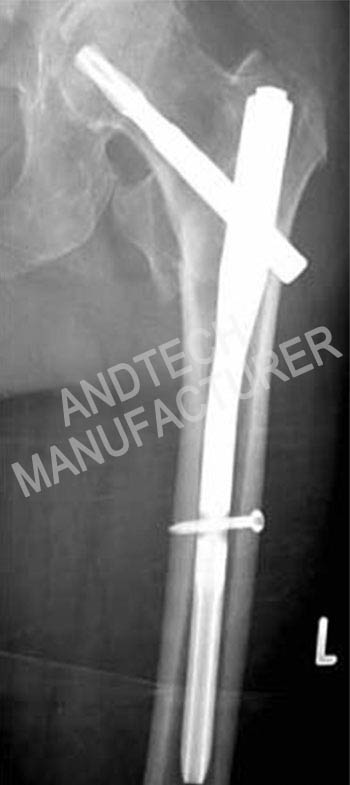
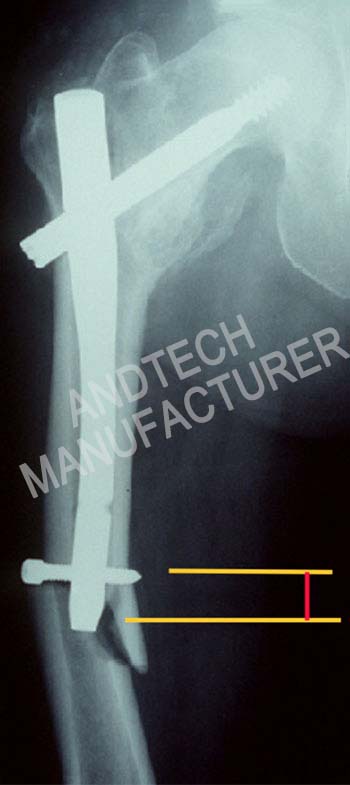
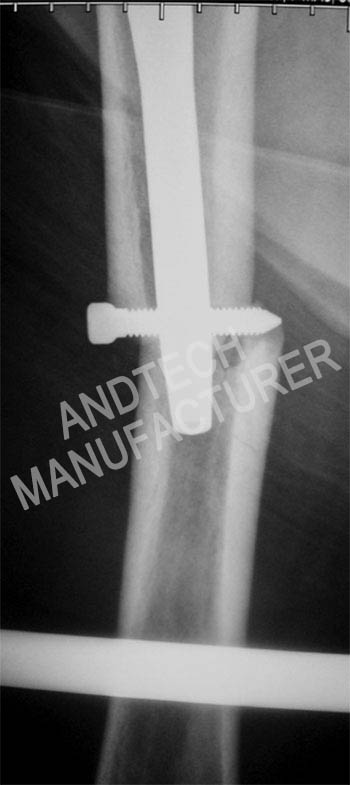
FNS
For femoral neck fractures (AOtype31-B), including basilar, transcervical, and subcapital fractures
From a biomechanical point of view, the femoral neck dynamic cross nail system is an effective alternative for the treatment of unstable femoral neck fractures. This represents the advantages of minimally invasive implants. Its stability is comparable to that of the DHS system and is better than Hollow screw.
Products Deatils
Anti-rotation screw
Reduced Incision Size Due to the minimized size of the implant, FNS allows for easy insertion-even through a small incision.
Excellent angle stability
The main nail and the anti-rotation screw are kept at an angle stable with the locking screw, which can effectively prevent varus collapse, shortening of the femoral neck or shortening of the leg.
Intraoperative compression
Because the main nail and the anti-rotation screw are locked together, the whole can be dynamically pressurized, the distance is 20mm, and the space is reserved on the outside to avoid discomfort caused by the outside lifting to a certain extent.
Smaller implantation Space
Compared with dynamic hip screws and hollow screws, FNS has a unique in-plate guiding sliding design, which effectively reduces protrusion. And the design of the plate is exquisite, allowing implantation with a small incision with less soft tissue damage.
Case
